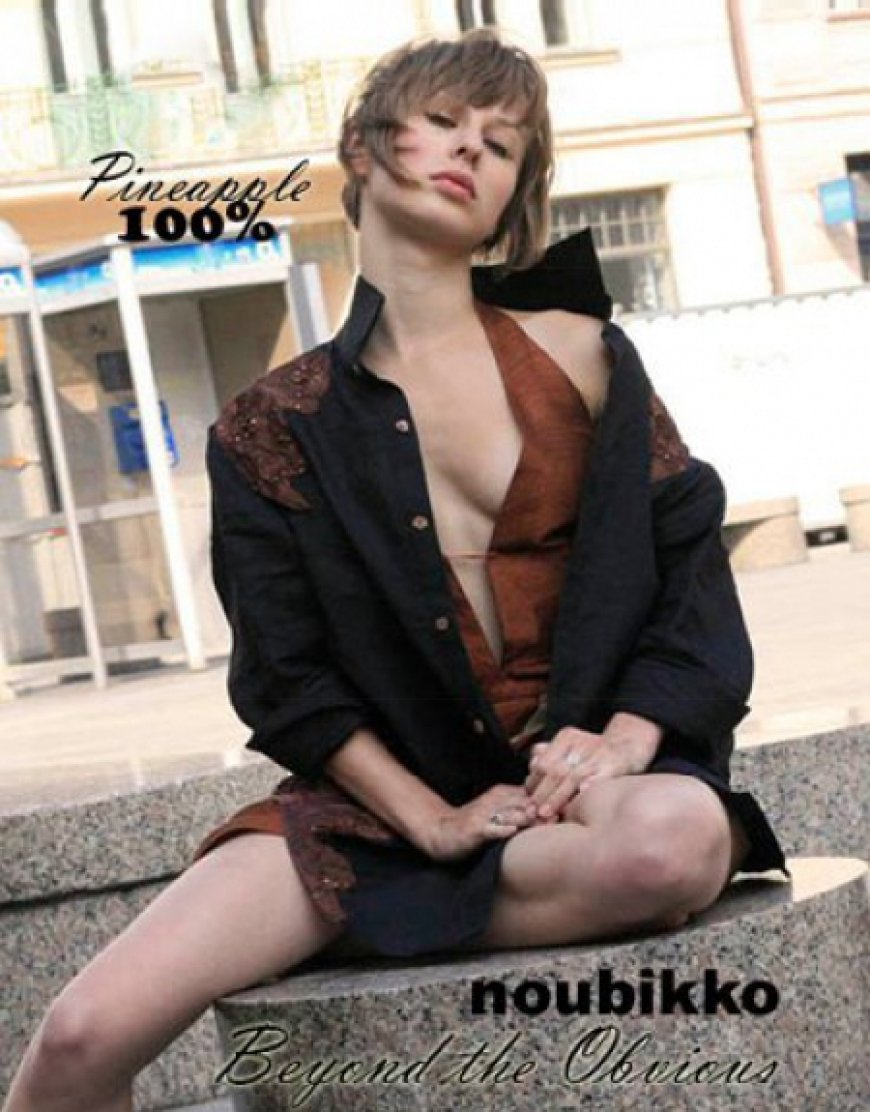Unsure About Your Next Moves? Here’s How To Unlock Success After Earning Your Graphic Design Certificate
So, you’ve just earned your graphic design certificate—what’s next? You’re probably fired up with ideas, eager to dive into the design world, but wondering how to take that leap toward success. Whether you’ve been designing for years or just starting out, there are a few key steps that can guarantee you make a splash in […] The post Unsure About Your Next Moves? Here’s How To Unlock Success After Earning Your Graphic Design Certificate appeared first on Entrepreneurship Life.


So, you’ve just earned your graphic design certificate—what’s next? You’re probably fired up with ideas, eager to dive into the design world, but wondering how to take that leap toward success. Whether you’ve been designing for years or just starting out, there are a few key steps that can guarantee you make a splash in this competitive industry. From refining your personal brand to building a client base, let’s break down what it takes to thrive as a new graphic designer.
Own Your Achievement: You’ve Earned Your Certificate
You didn’t just wake up one day and decide to call yourself a designer—you worked for it. Whether you opted to earn your graphic design certificate online or through a traditional program, this is a massive step in the right direction. But here’s the thing: the certificate itself isn’t what sets you apart; it’s what you do with it.
You now have the knowledge, skills, and creativity to take on projects and clients. Start by celebrating that. Too many designers rush to the next step without fully realizing what they’ve accomplished. A certificate means more than just proof that you know Adobe Photoshop; it’s evidence that you understand design principles, have practiced in the field, and are prepared to offer real value to clients. Now, it’s time to make sure the world knows about it.
Take pride in your portfolio. Whether you’ve been designing side projects for friends, internships, or personal challenges, it’s essential that your work is front and center. And don’t shy away from putting your personality into your designs—that’s what makes you stand out. If your style is bold, playful, minimalist, or somewhere in between, lean into it. Your portfolio is the perfect place to experiment and show potential clients exactly what you’re capable of.
Learn to Speak the Language of Business
Being a graphic designer is about more than just cool fonts and color palettes. In today’s digital world, every designer needs to understand how design integrates into broader business strategies. That’s where honing your tech skills for entrepreneurs comes into play. Knowing how to create a logo is one thing, but knowing how to design for a brand launch, a marketing campaign, or a product’s user experience? That’s next-level thinking.
Expand your knowledge beyond the traditional design tools. Get comfortable with things like content management systems (CMS), web development basics, or UX/UI principles. When you can demonstrate to potential clients that you understand how design impacts their bottom line, you become invaluable.
Plus, it doesn’t hurt to familiarize yourself with basic business lingo. From understanding project scopes to budgeting and timelines, having the ability to talk shop with clients will build their confidence in you as a professional. Clients don’t just want someone who can make things look pretty—they want someone who can help solve their problems.
Build Your Personal Brand and Online Presence
In the design world, your personal brand is everything. What makes you different from every other designer out there? Is it your style, your design process, or your story? Building a personal brand doesn’t mean you need to start calling yourself the next big thing, but it does mean you should create a clear message about who you are and what you stand for as a designer.
Start with a website—your home base. Your portfolio should live here, alongside your story and your design philosophy, and an easy way for clients to contact you. Social media is another powerful tool. Instagram, LinkedIn, and Behance are great places to showcase your work, network with other creatives, and attract potential clients.
Don’t forget to stay active and up-to-date with the latest design trends, either. Keeping your finger on the pulse shows that you’re engaged and adaptable. And who knows? Your personal style mixed with the latest trends might just land you that dream project.
Network Like a Pro (Even If You’re Not One Yet)
We hear it all the time—networking is key. And while it might sound intimidating, it doesn’t have to be. Networking is simply about building relationships with people in your industry. Whether it’s connecting with fellow designers, attending creative meetups, or even just commenting on someone’s work online, these connections can lead to collaborations, mentorship, and potential job opportunities.
You can’t predict where a casual coffee chat might lead. The design community is vast, and it thrives on connections. Someone who loves your work might pass your name along to a company looking for a freelance designer. The trick is to be genuine. People can tell when you’re just looking for something from them, so focus on building relationships, not just securing jobs.
And, if you’re feeling up for it, don’t hesitate to ask established designers or business owners for advice. Most are happy to share their journey and might even give you some insight into landing gigs or dealing with tricky clients.
Keep Learning and Evolving
The world of design is always changing. New software, new trends, new challenges—there’s always something to learn. The best designers never stop evolving. Whether it’s picking up a new skill, exploring a different design niche, or even taking a break to let your creativity recharge, continual learning is essential.
Look for workshops, online tutorials, or even just design challenges to keep your skills sharp. The more you learn, the more versatile and valuable you become. And don’t forget to focus on the “soft” skills, too, like communication, time management, and client relations. Being an excellent designer is only part of the equation. To be successful, you need to be a well-rounded professional.
Jumping into the design world after earning your certificate can be thrilling and intimidating, but the steps you take now will set the foundation for your future success. Remember, success isn’t just about landing your first big project—it’s about continually evolving and creating work that excites you.
You’ve got the skills, the creativity, and now, the roadmap. What you do next is entirely in your hands—so get out there and make it happen.
The post Unsure About Your Next Moves? Here’s How To Unlock Success After Earning Your Graphic Design Certificate appeared first on Entrepreneurship Life.














